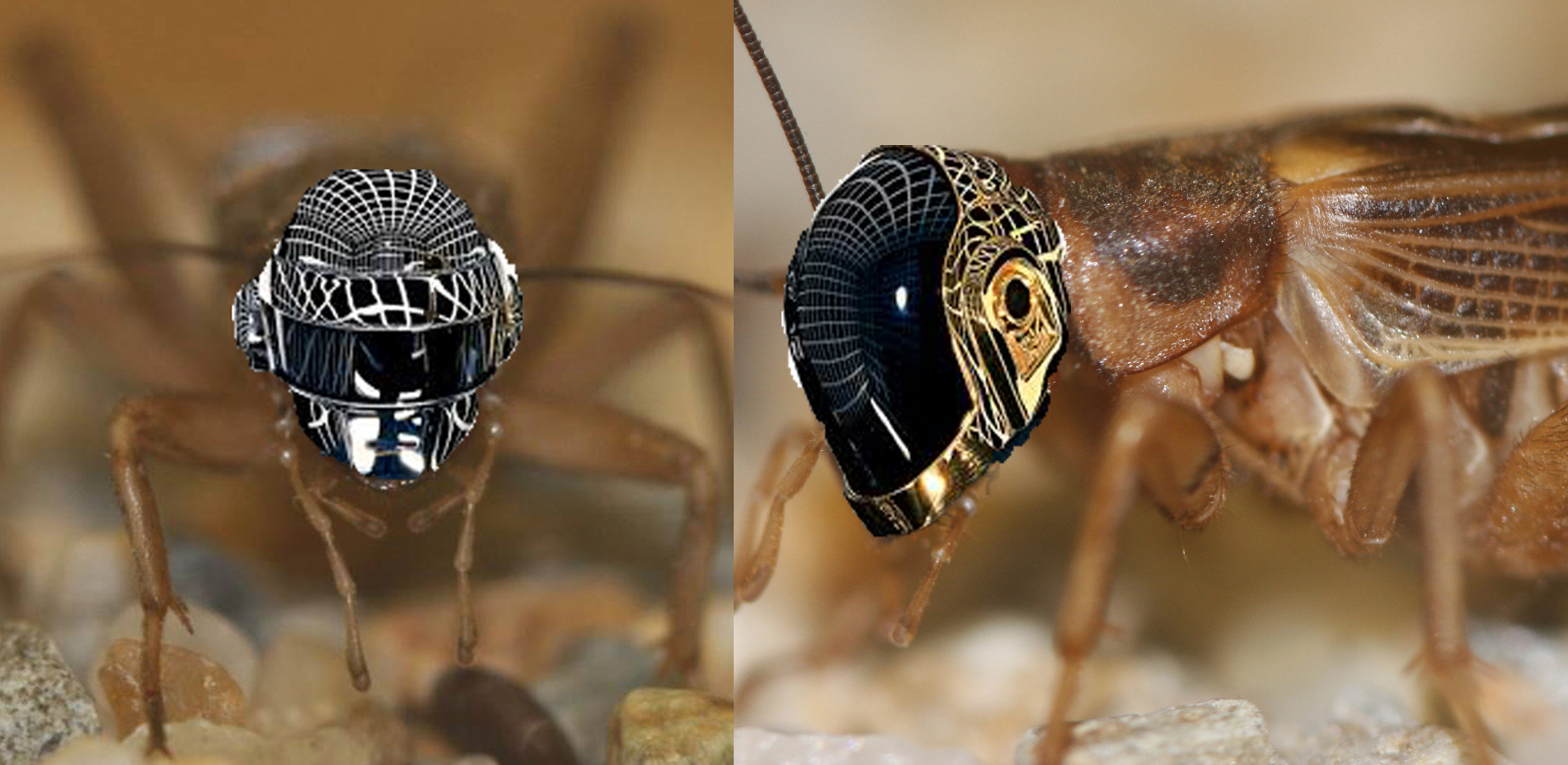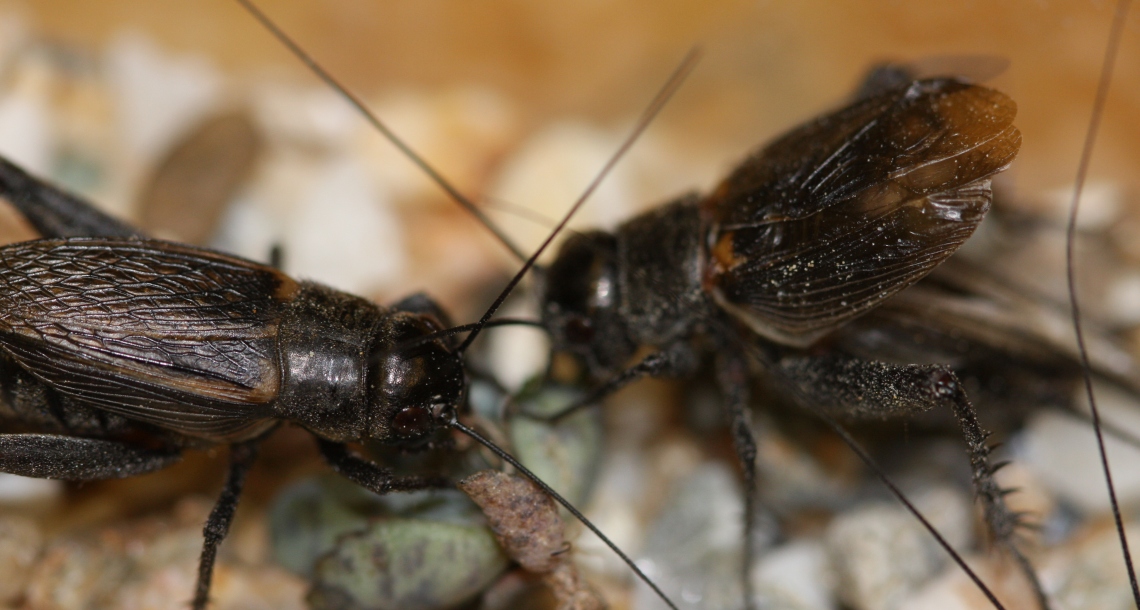
Body morphology, energy stores, and muscle enzyme activity explain cricket acoustic mate attraction signalling variation A new article in PLOS ONE written by Ian Thomson, Charles Darveau, and Sue Bertram Click here for a copy of our PLOS ONE article Click here for the Bertram Lab website In nature, females choose males for many reasons. […]
A guest post by Rich Webster Whether hiding from Lions on the Serengeti or dodging bullets on the battlefield, avoiding unwanted eyes should be high up on your priorities! In nature, animals have evolved different strategies to achieve concealment. Resembling the appearance of ones surroundings (background matching) can reduce the chance of being detected. Surprisingly […]
How age influences phonotaxis in virgin female Jamaican field crickets (Gryllus assimilis) A new article in PeerJ written by Karen Pacheco, Jeff Dawson, Mike Jutting, and Sue Bertram Click here for a copy of our PeerJ article Click here for the Bertram Lab website Female mate choice can heavily influence the evolution of male sexual […]



